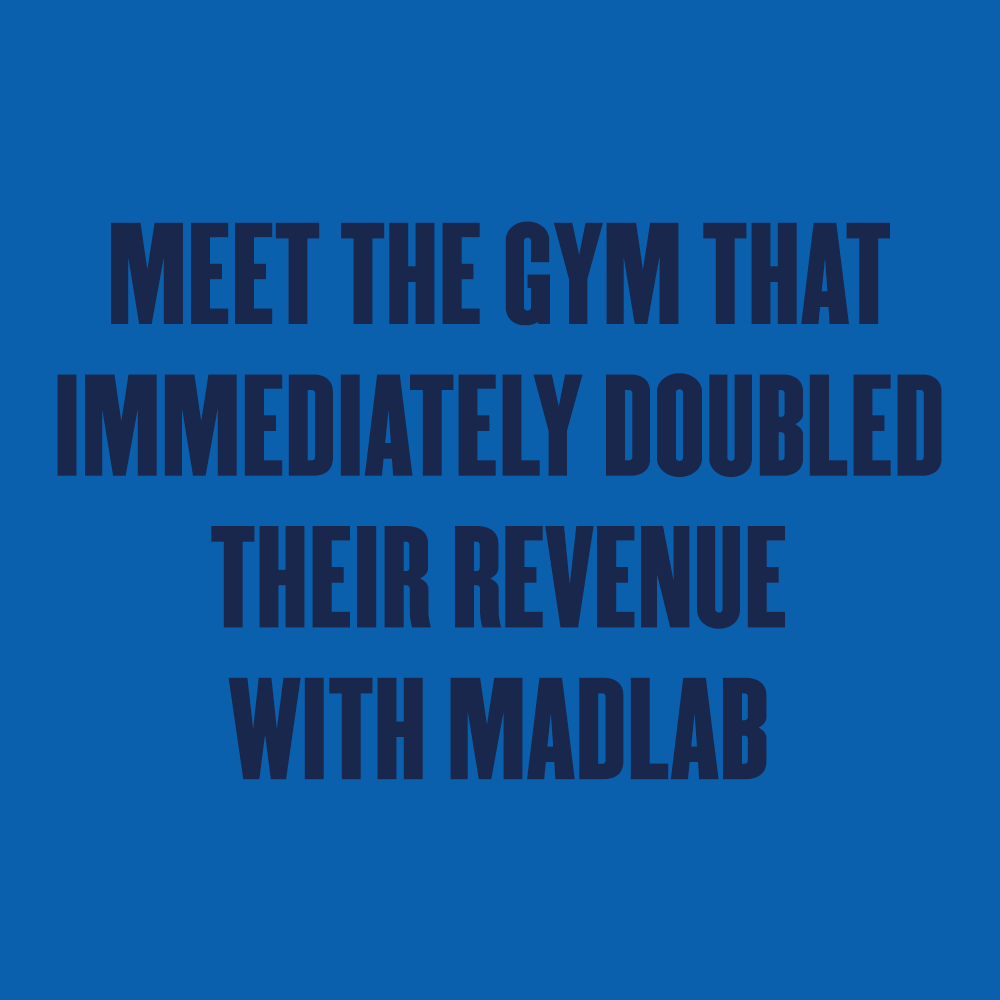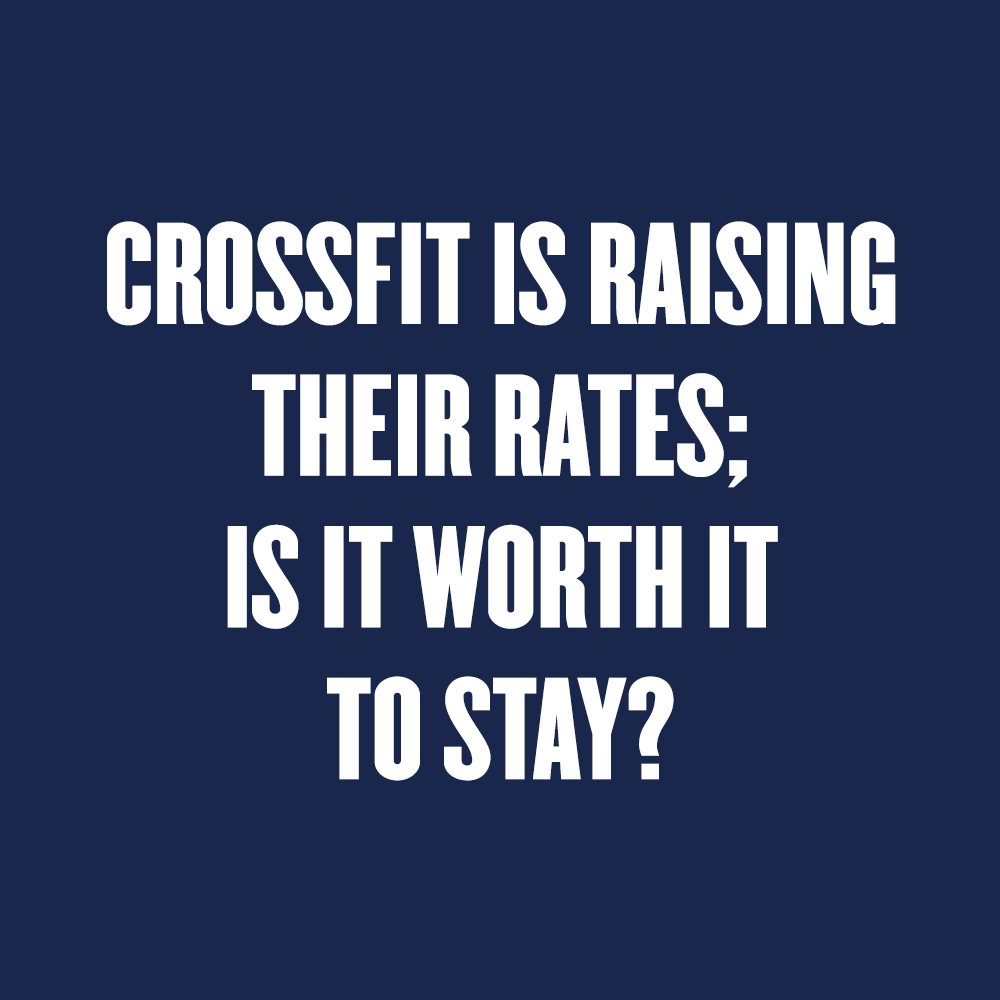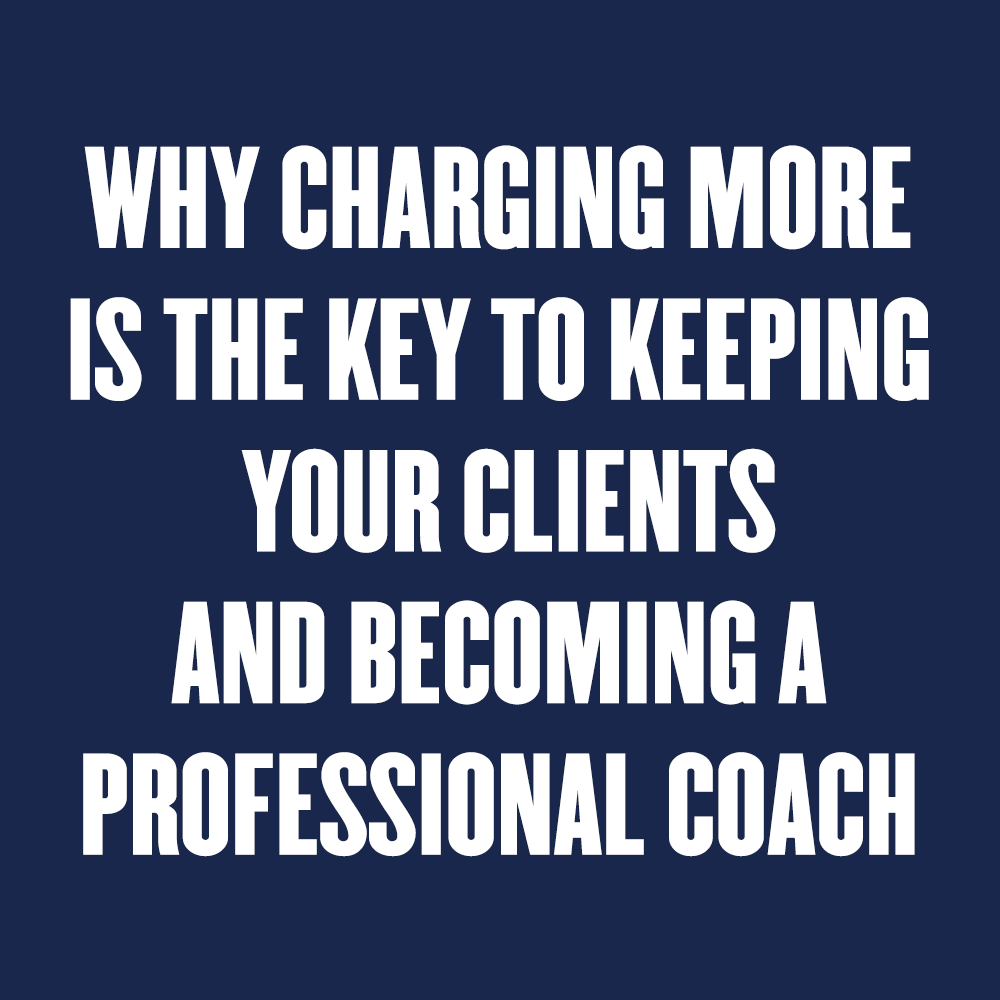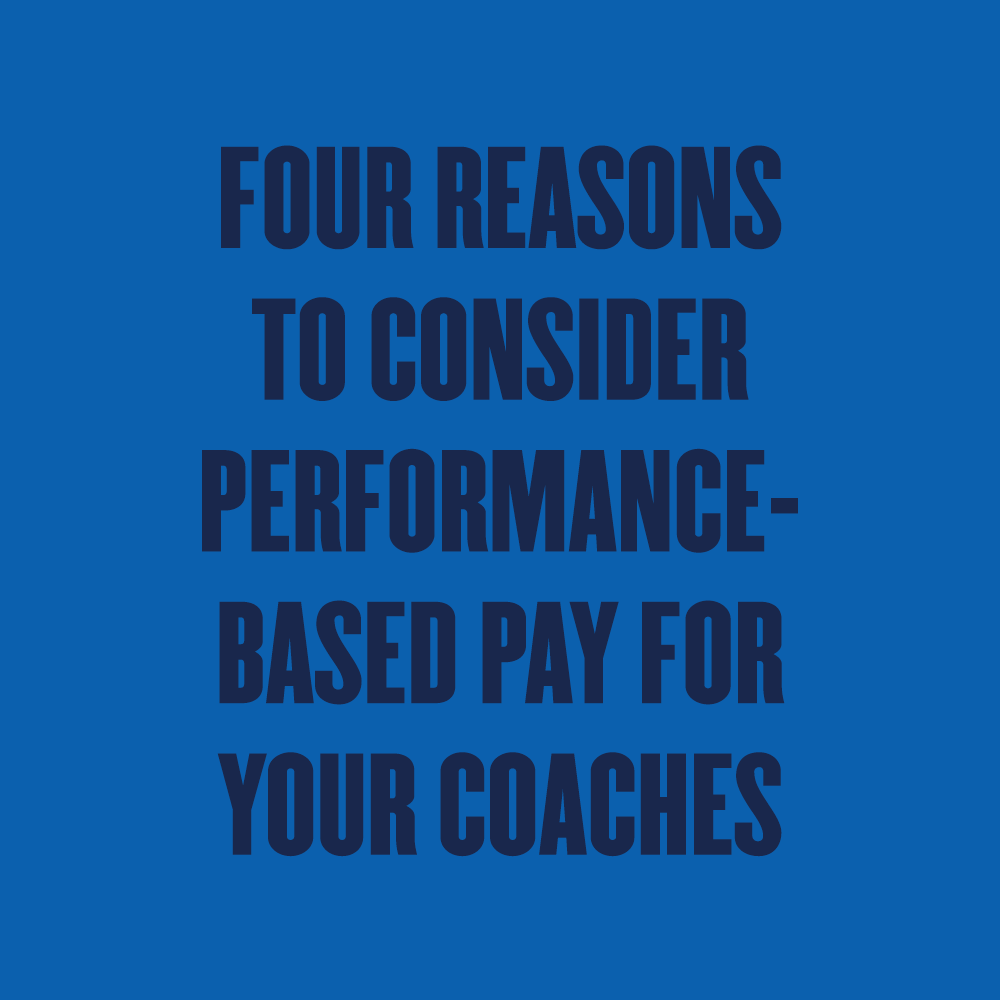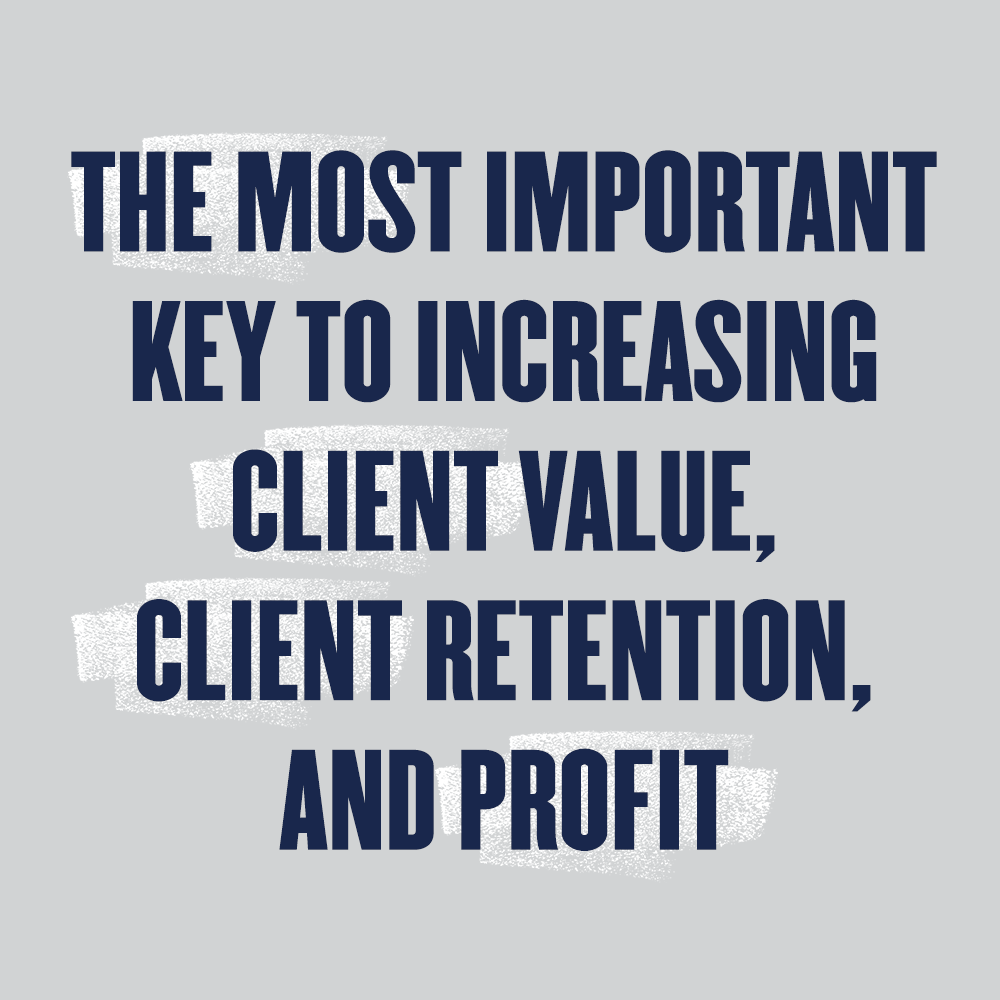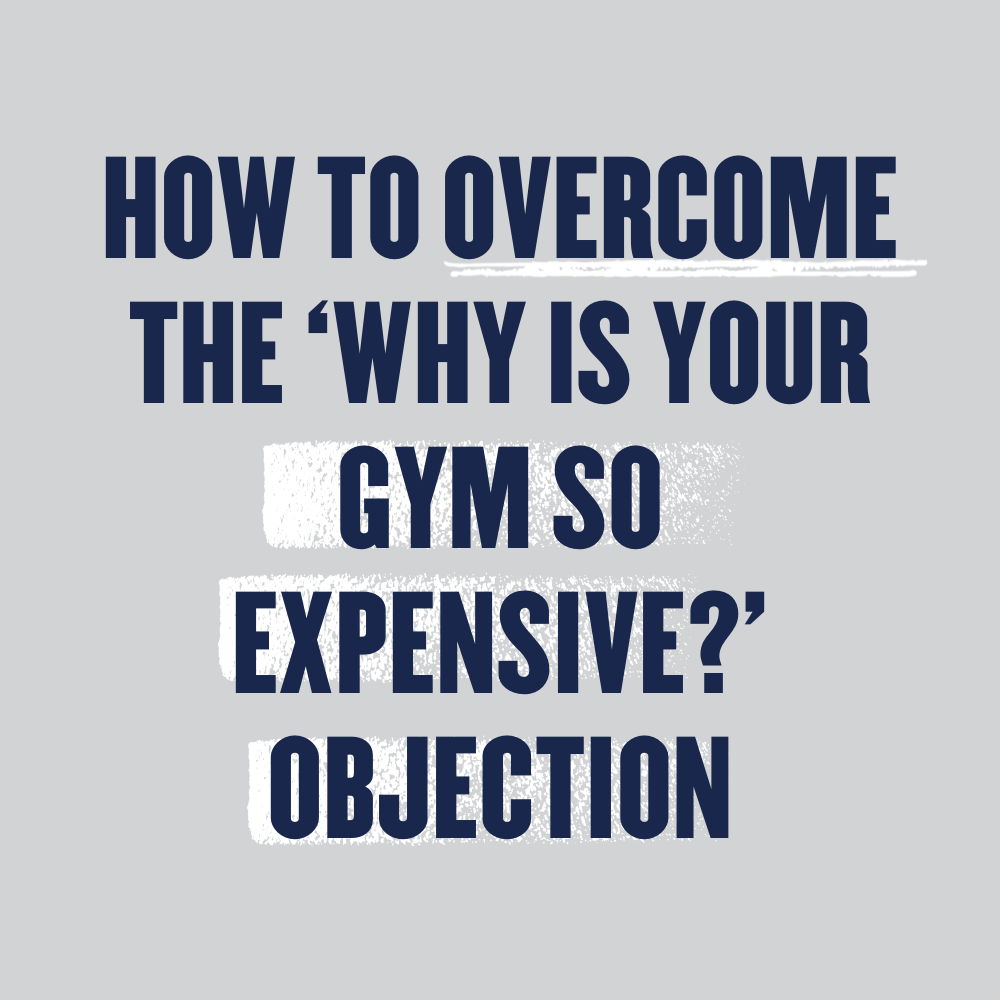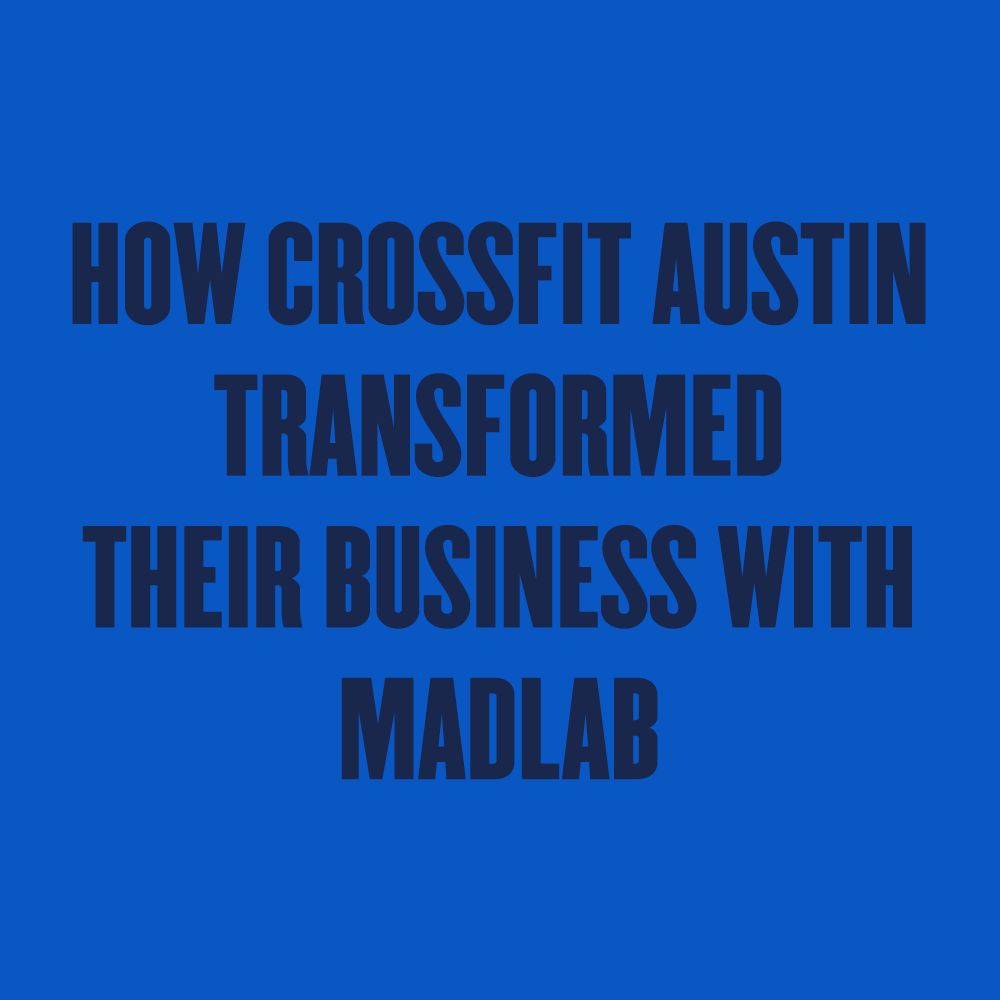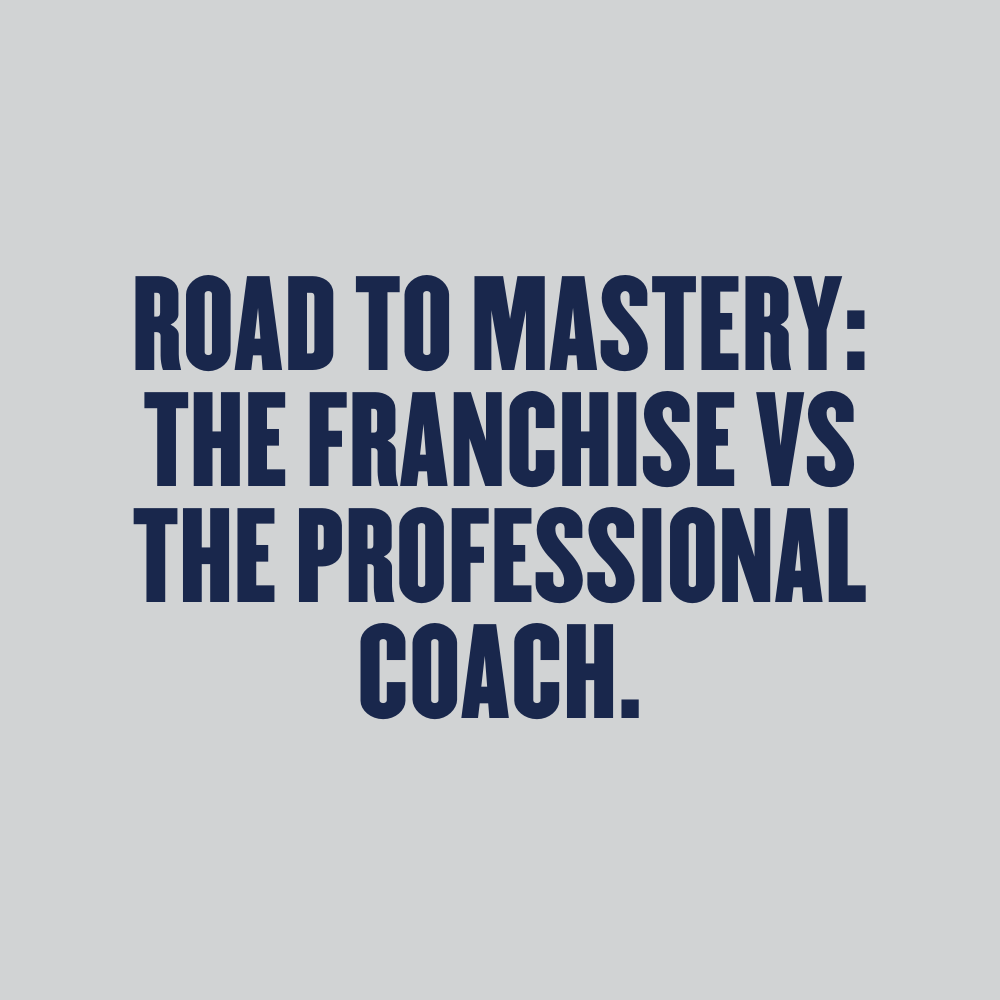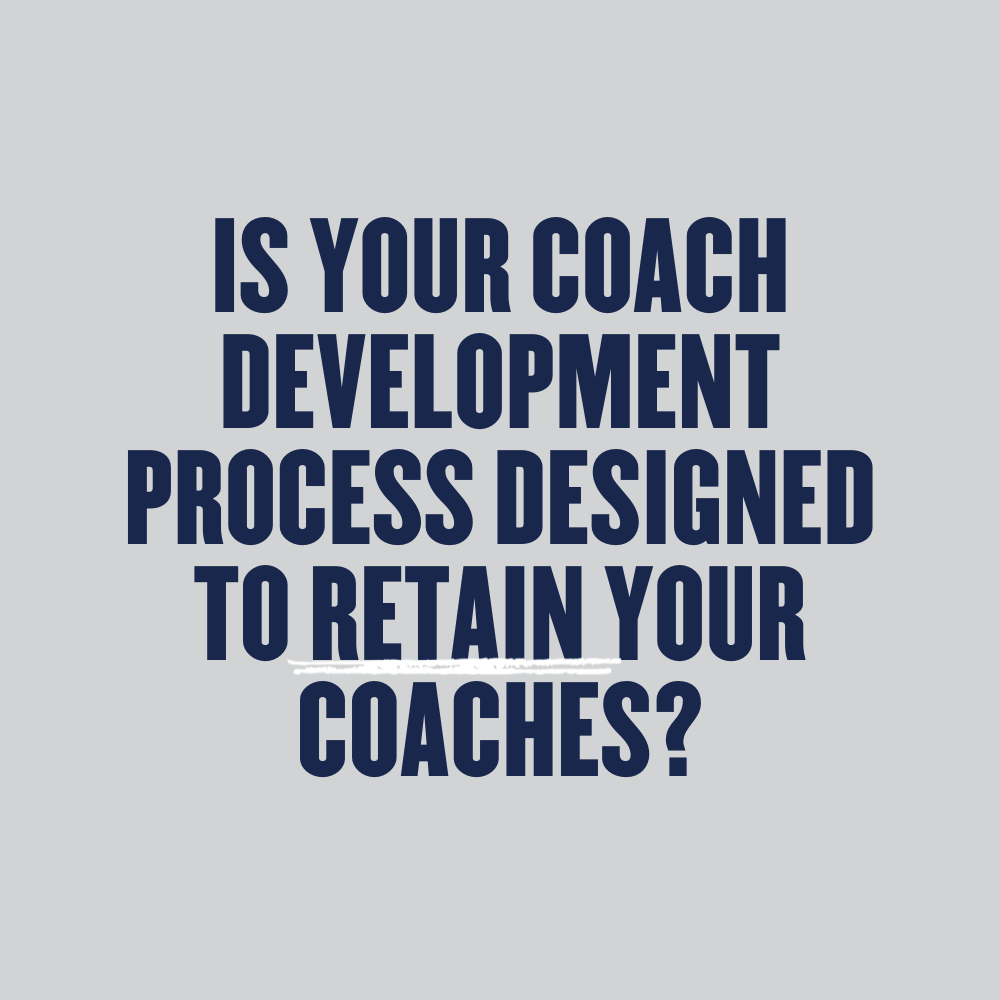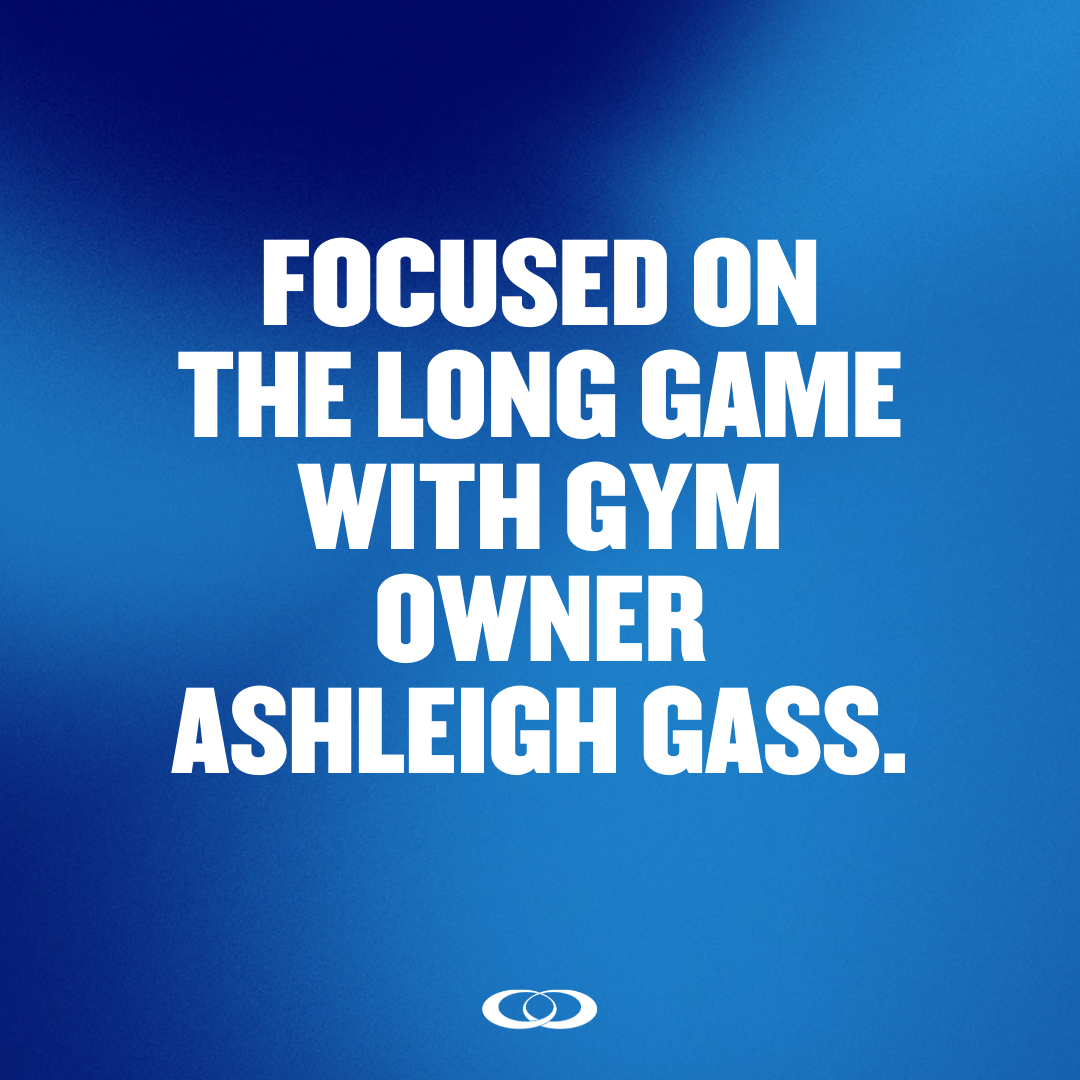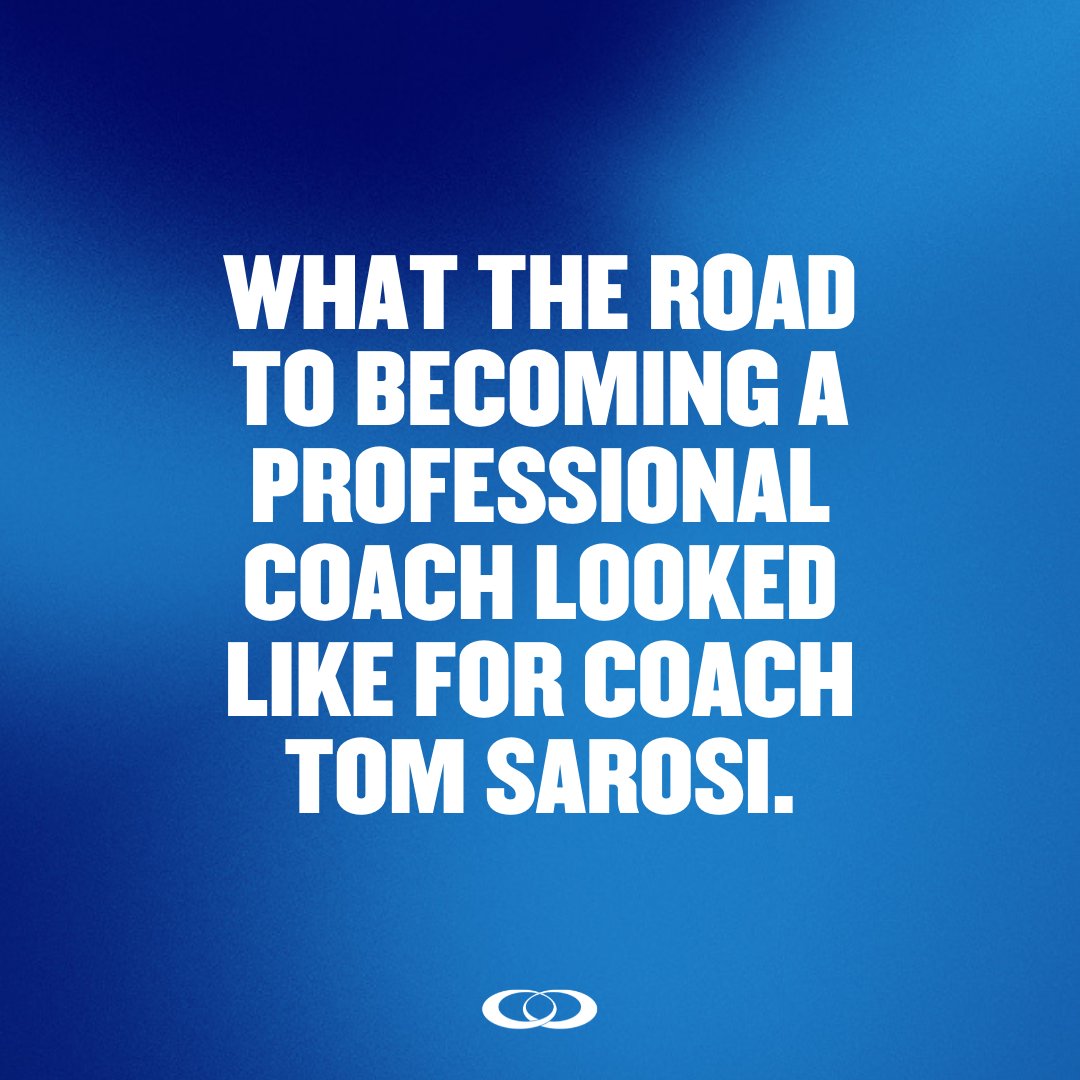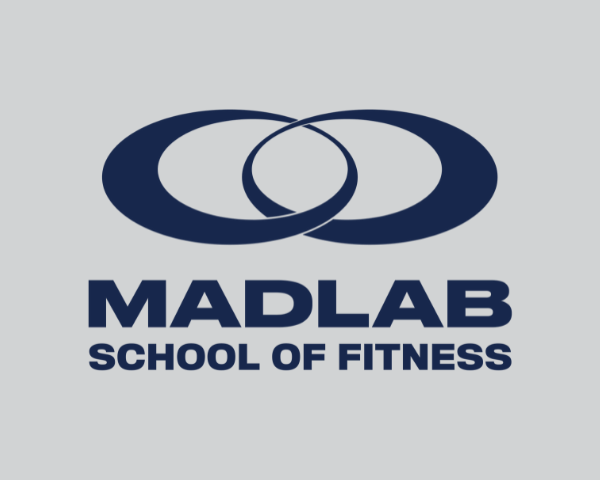ARE YOU RUNNING YOUR GYM WITH A COMPASS AND A BLUEPRINT?
Running a gym is like hiking the backcountry alone: You should always have a compass with you.
Don’t like that analogy? How about this:
Running a gym is like building a house: For best success, make sure you have a blueprint before you build.
That’s where our Nine Laws come in. They are to the gym owner what a compass is to the backcountry hiker, or a blueprint is to the builder: a roadmap for success.
A bit of background: The Madlab Group discovered these laws over the course of the last 15 years while working with hundreds of gyms in small towns and big cities all around the world to discover best practices—aka what works for the client, the coach and the business.
And while we’re always researching and collecting new data and evolving and trying to be better, these nine laws are the best we have right now, and they have helped hundreds of gyms improve these six key performance indicators necessary for business success:
- Client retention
- Average client value
- Dollars per coach hour
- Total coach pay
- Business profit
- Sellable asset
Following these nine laws—with the help of a Madlab mentor who will walk you through every step of the way—in order and methodically provides you with a simple, straightforward way to ensure you’re on the path to increasing the above six KPIs.
Because, just like the hiker without a compass, or the builder without a blueprint, without a structured business plan….
Well, you’re kind of fucked.
The Nine Laws
Note: The first four laws pertain to client success, the next three to coach success, and the final two to business success.
Law #1:
The client’s first-day experience should be:
- in a one-on-one setting with one coach and one client
- by appointment only
- a sit-down conversation only (no physical training happens on the first day)
Law #2:
A client’s fundamentals should be done in a one-on-one training environment with the same coach for the duration of the fundamentals stage, graduating to group classes based on benchmarks.
Law #3:
Every client should have one primary coach for the duration of their membership lifetime to help them navigate their training through the months and years as their needs, goals, fitness level, priorities in life, schedule etc. change.
Law #4:
After fundamentals, clients should begin a hybrid membership, which includes a combination of group classes and periodic one-on-one training depending on their wants, needs and goals. In some cases, the hybrid membership might include individual program design to accommodate any specific needs or goals the client might have.
Law #5:
In order to become a professional coach, coaches should go through a formal coach development process to develop their technical, soft, business and sales skills, as well as ensure they’re on board with your gym’s culture and vision.
Law #6:
Coaches should be paid on performance—on client acquisition and retention—for the lifetime of each client.
Law #7:
A coach co-op system ensures coaches can earn a professional wage, as well as create manageable schedules and lifestyles for themselves long-term. This includes the ability to take a minimum of four weeks of paid vacation per year.
Law #8:
When you perfect Laws 1 through 7, your client retention, average client value, dollars per coach hour and total coach pay will be high enough that you will put your business in a place to earn up to 20 percent EBITDA (earnings before interest taxes, depreciation and amortization).
Law #9:
If you follow and perfect Laws 1 through 8, you can create a turnkey asset that you can sell for five times EBITDA.
Read more about our Nine Laws and why they work in our Nine Laws E-Book.
Keep Reading

All You Need to Know to Rebrand Your GymProject type

I Have 150 Members, but Where’s the Profit?Project type
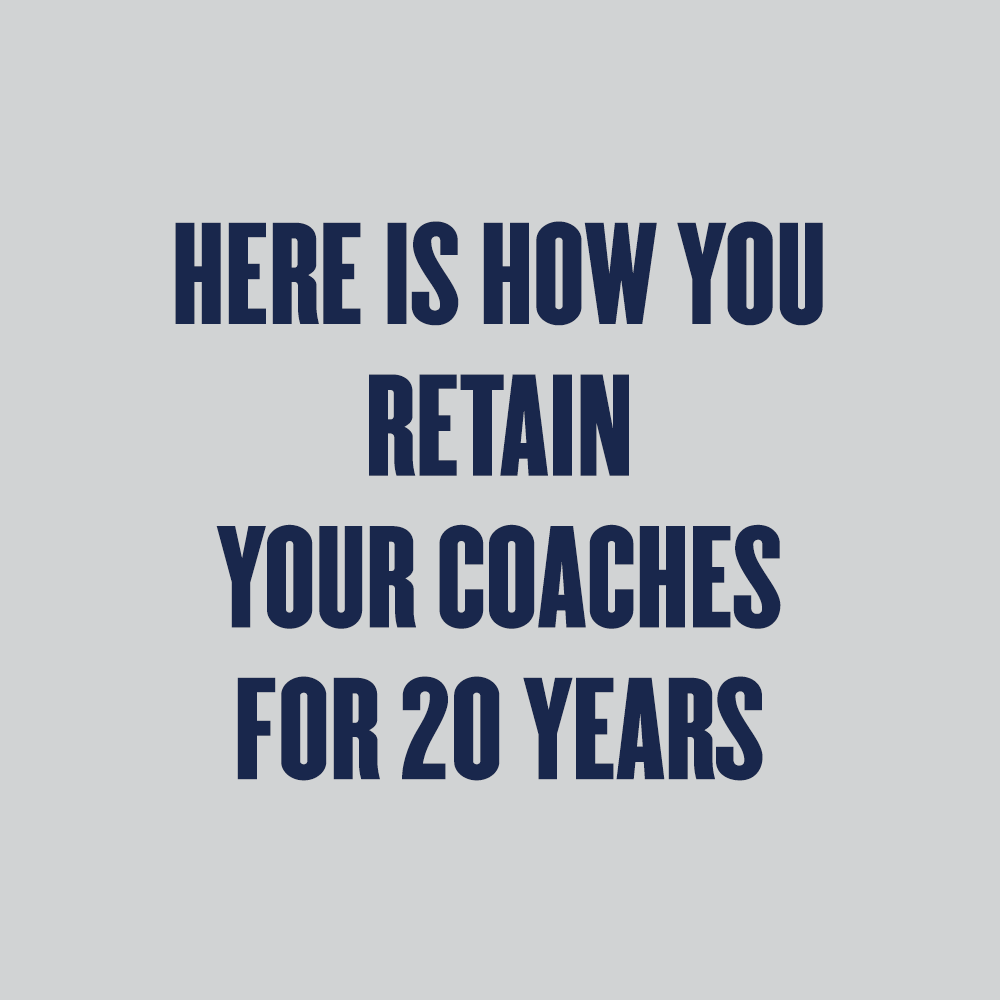
Here is how you Retain Your Coaches for 20 yearsProject type
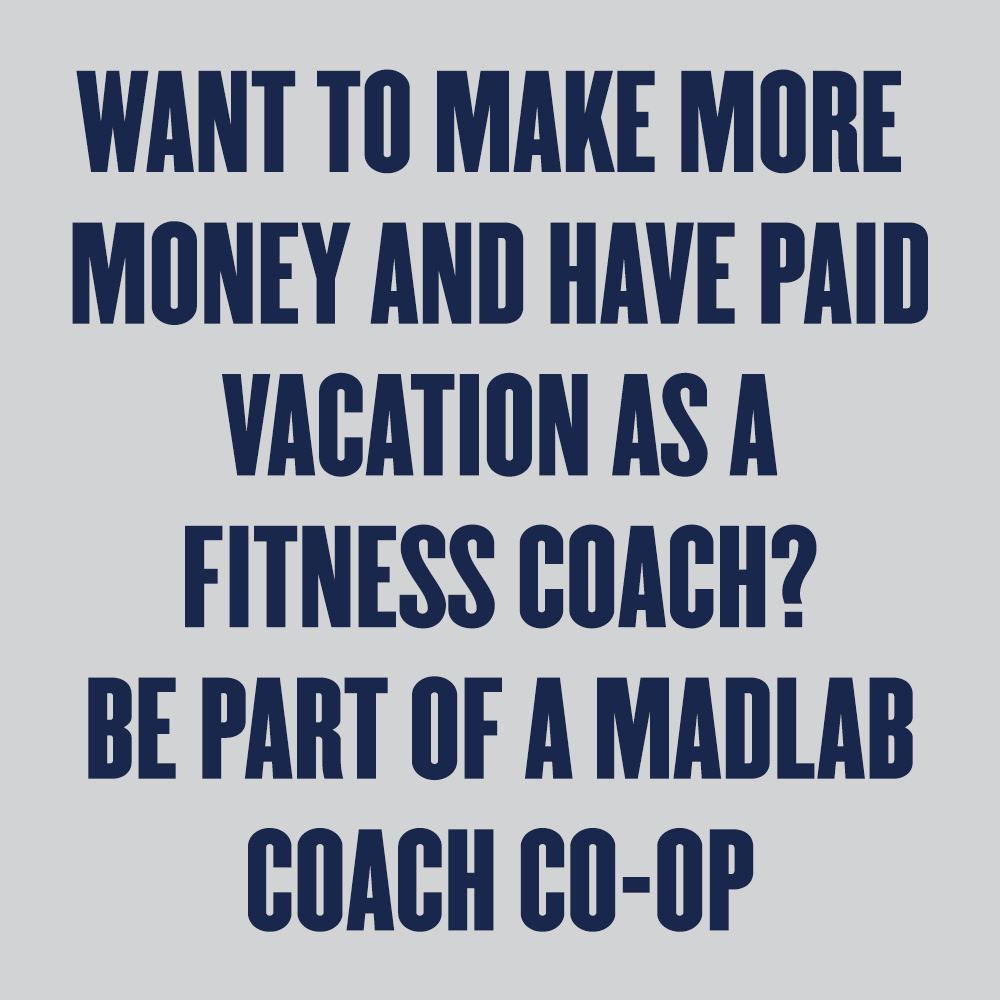
Want to Make More Money and have Paid Vacation as a Fitness Coach? Be part of a Madlab Coach Co-OpProject type

Madlab Radio - Episode #9 - CrossFit LortonProject type

Nine laws series: Law #2Project type
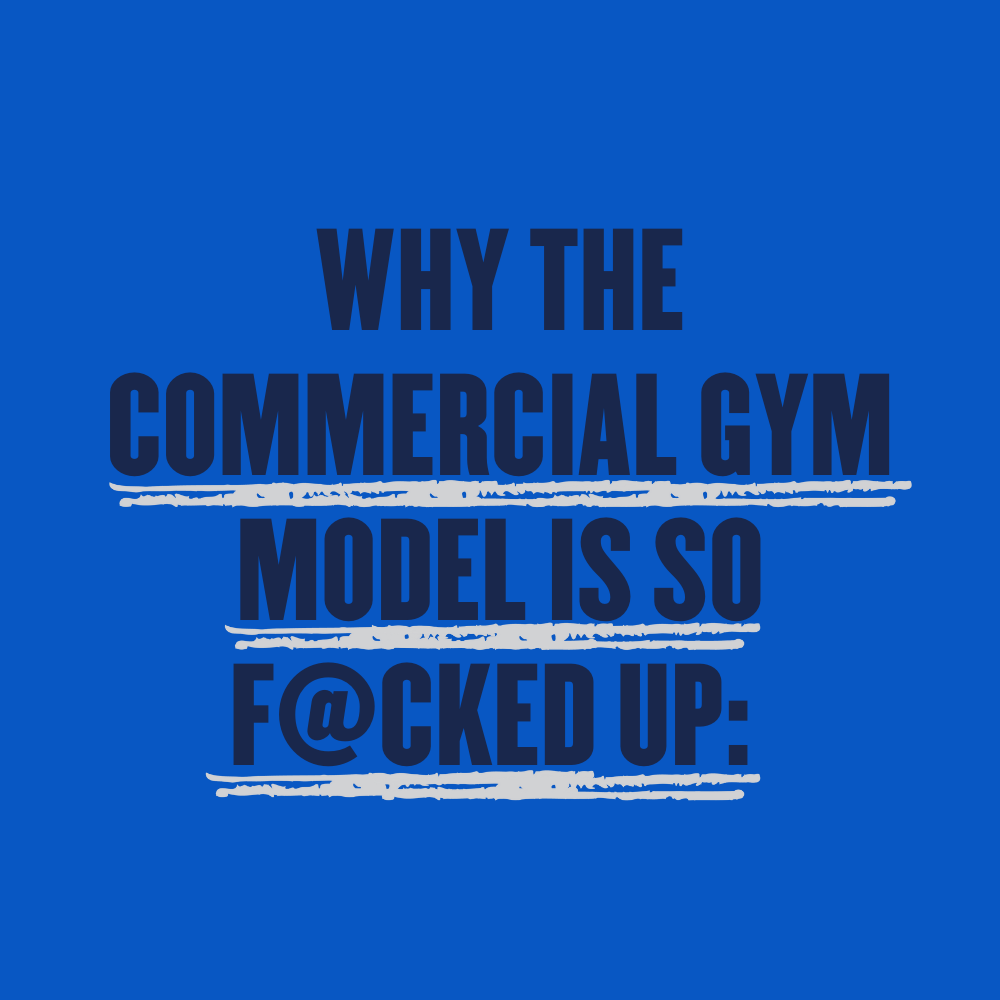
Why the Commercial Gym Model is so F@cked up:Project type
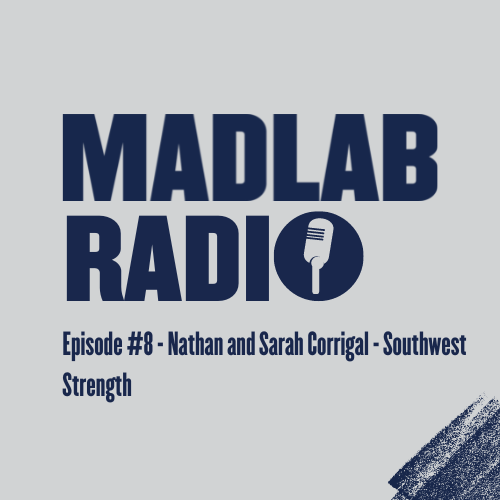
Madlab Radio - Episode #8 - Southwest StrengthProject type

Nine laws series: Law #1Project type

WHY A RIGOROUS CLIENT INTAKE PROCESS MATTER FOR CLIENT SUCCESS CLIENT RETENTION AND AVERAGE CLIENT VALUE.Project type

Madlab Radio - Episode #7 - Etienne BoothProject type

Madlab Radio - Episode #5 - Proverb FitnessProject type
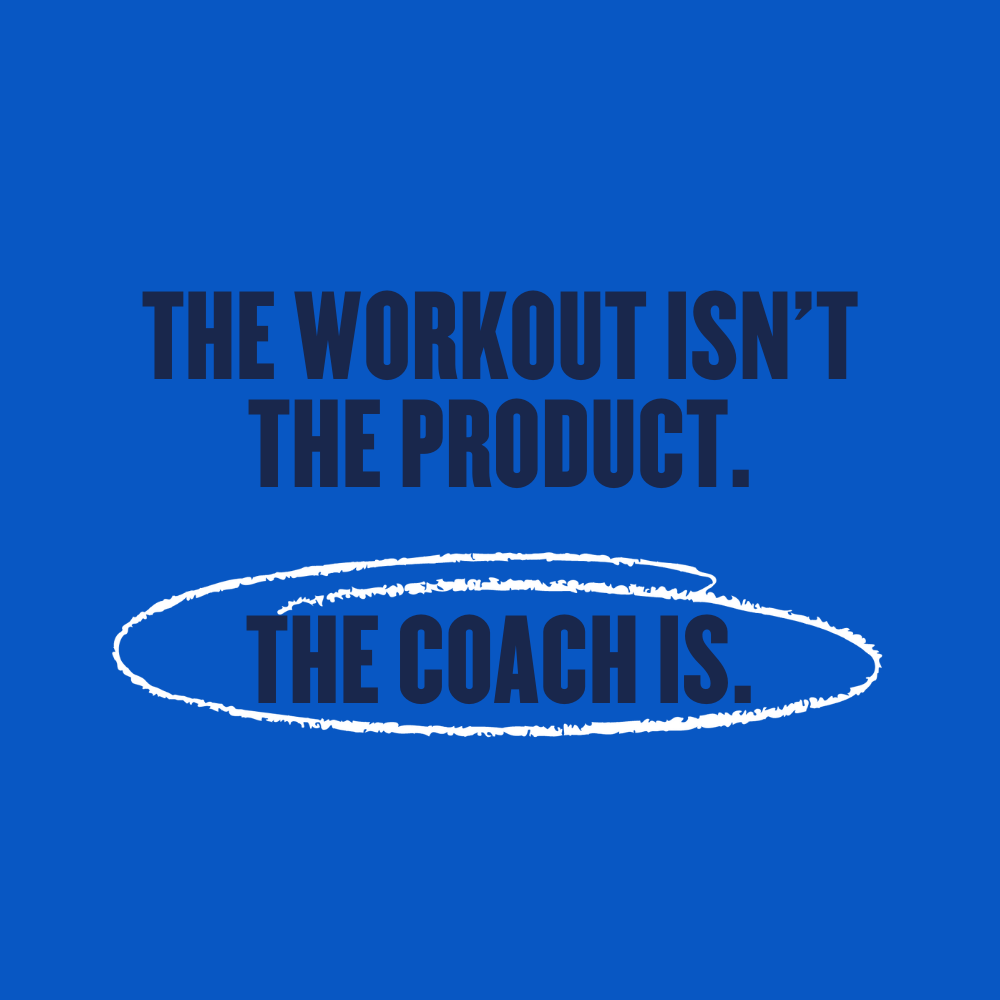
The Workout isn’t the Product: The Coach IsProject type

THE FOUR STAGES OF A GOOD CLIENT INTAKE PROCESS.Project type

DYLAN WALL: A FUTURE AS A PROFESSIONAL COACHProject type
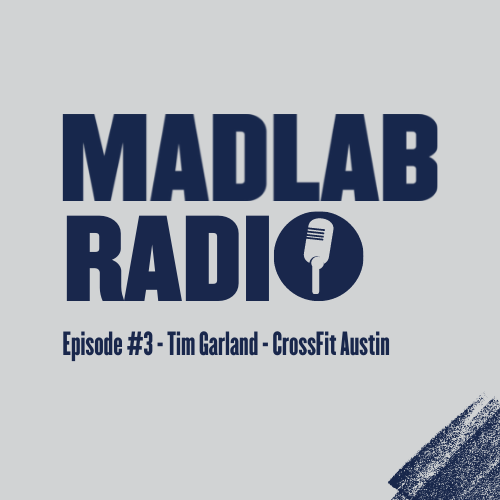
Madlab Radio - Episode #3 - CrossFit AustinProject type

Five Reasons for Hybrid MembershipsProject type

Madlab Radio - Episode #2 - CrossFit 561Project type

Madlab Radio - Episode #1 - Findlay MovementProject type
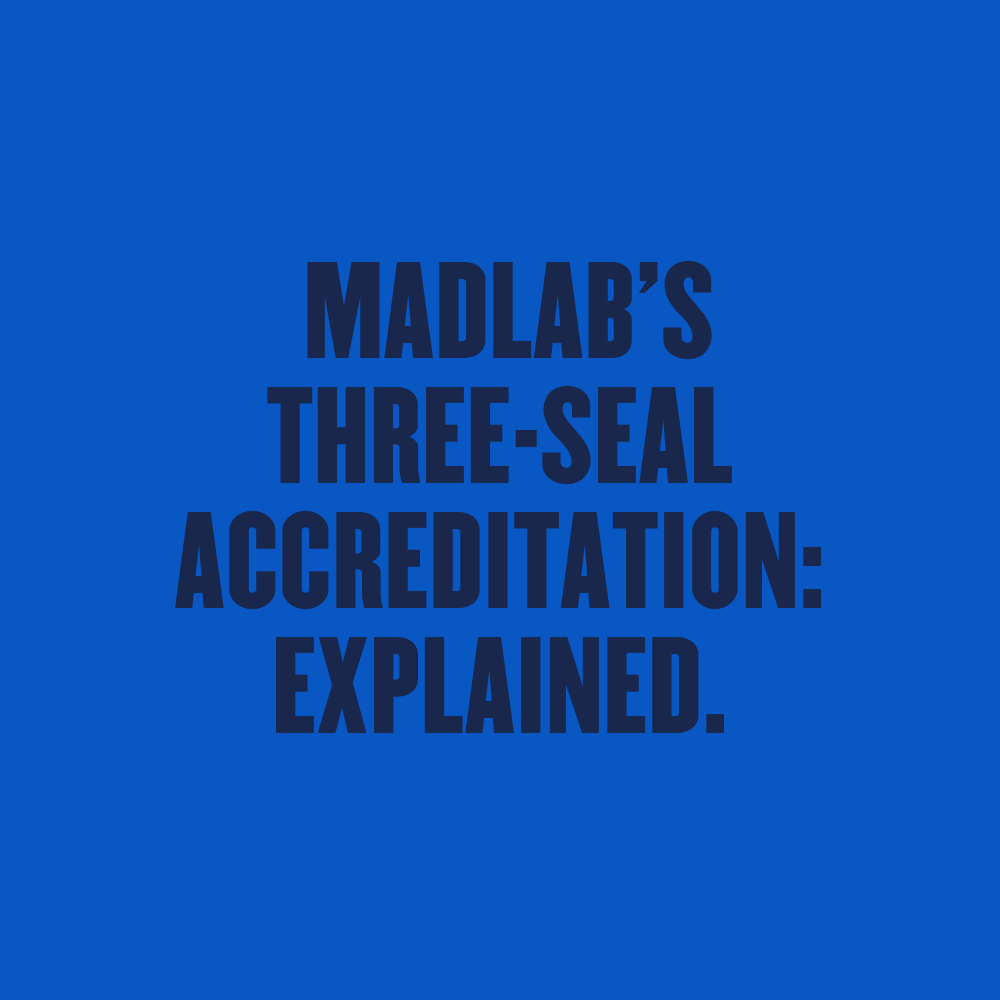
MADLAB’S THREE-SEAL ACCREDITATION: EXPLAINED.Project type
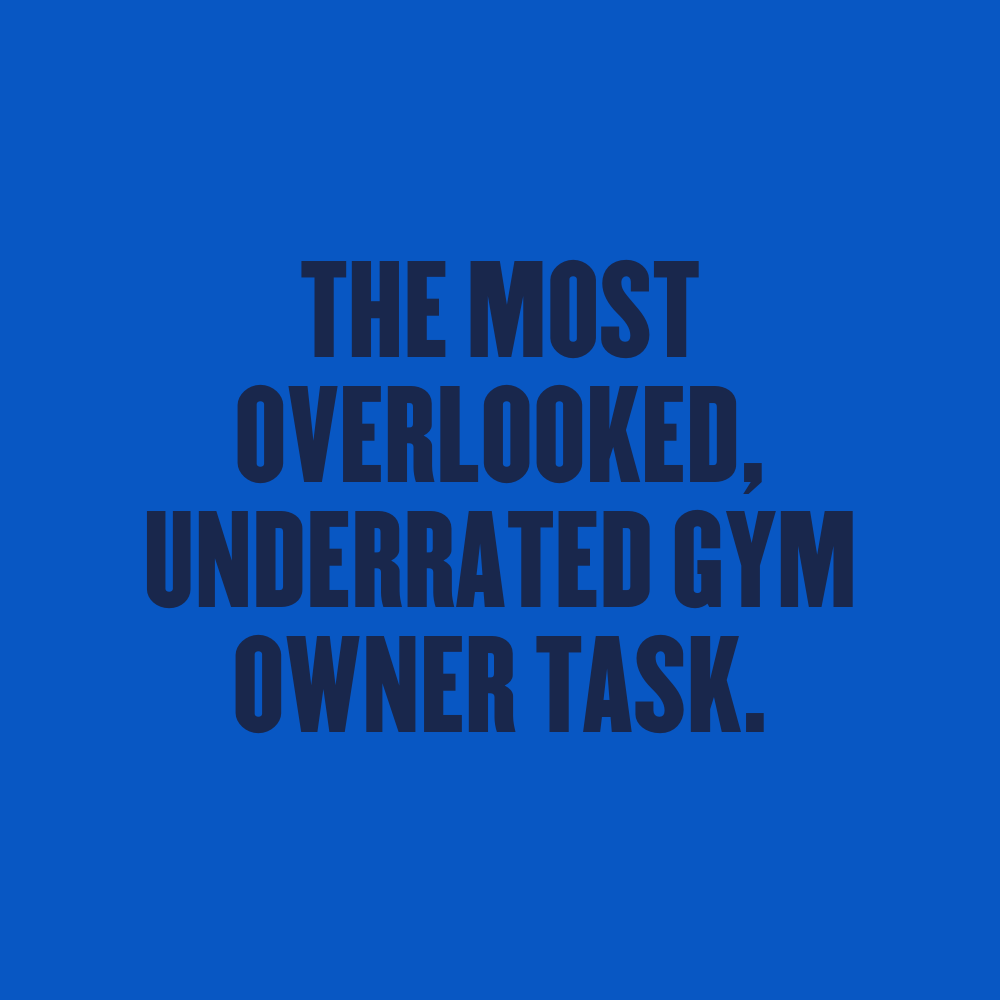
THE MOST OVERLOOKED, UNDERRATED GYM OWNER TASKProject type
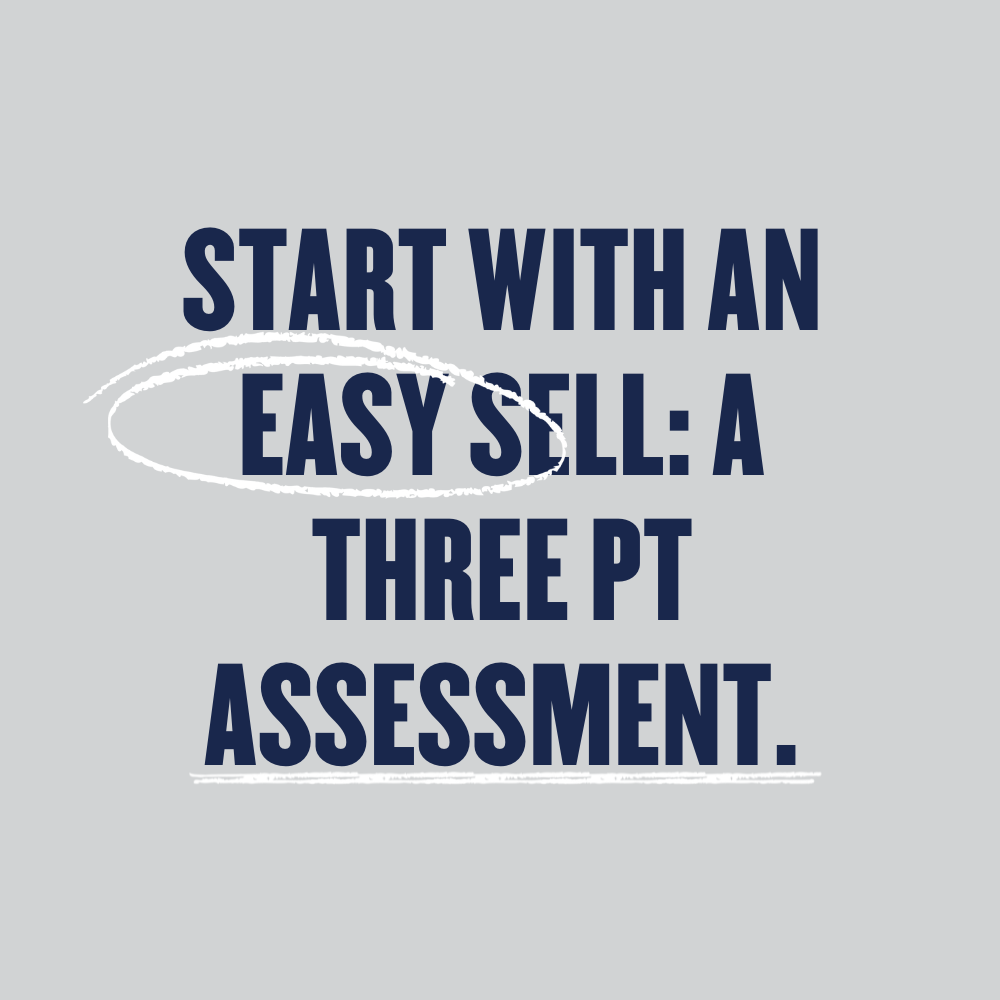
START WITH AN EASY SELL: A THREE PT ASSESSMENT.Project type

The Biggest Problem Independent Gyms Face Today?Project type

the secret to the retention and referral gameProject type
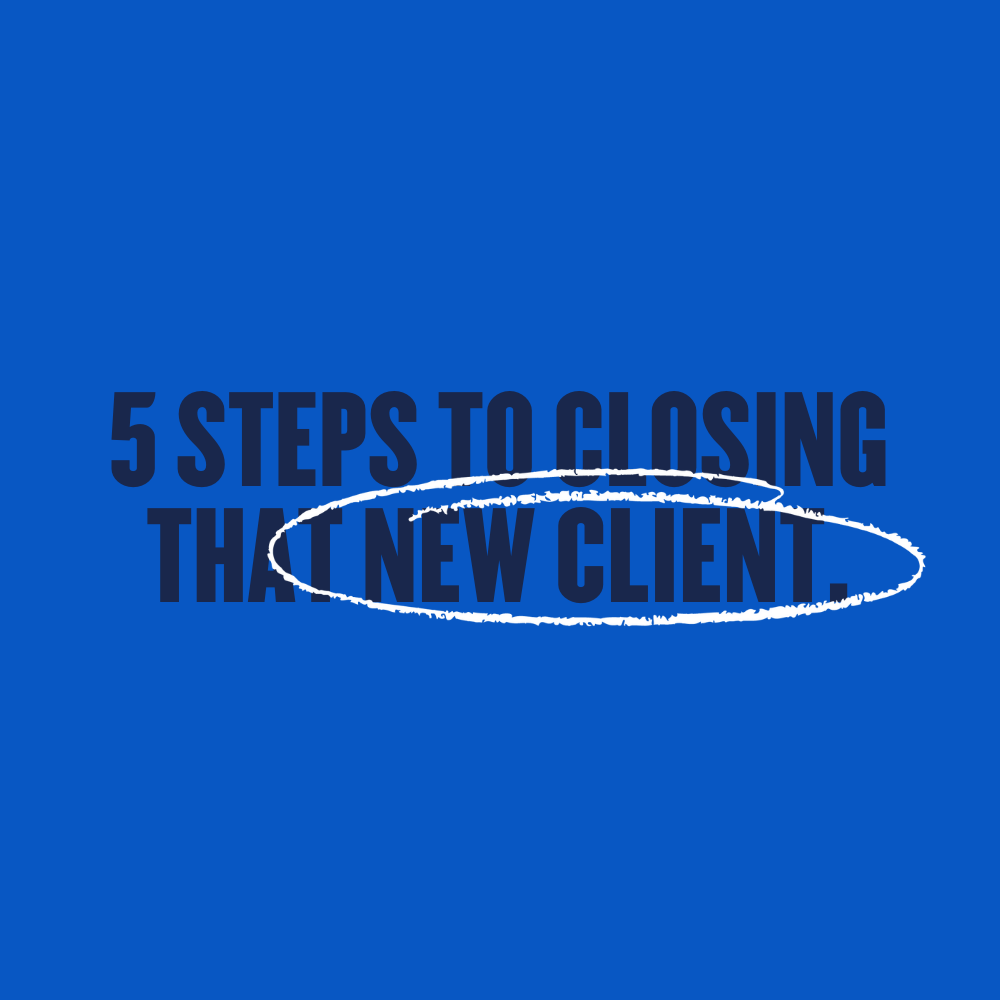
Five Step To Closing That New ClientProject type
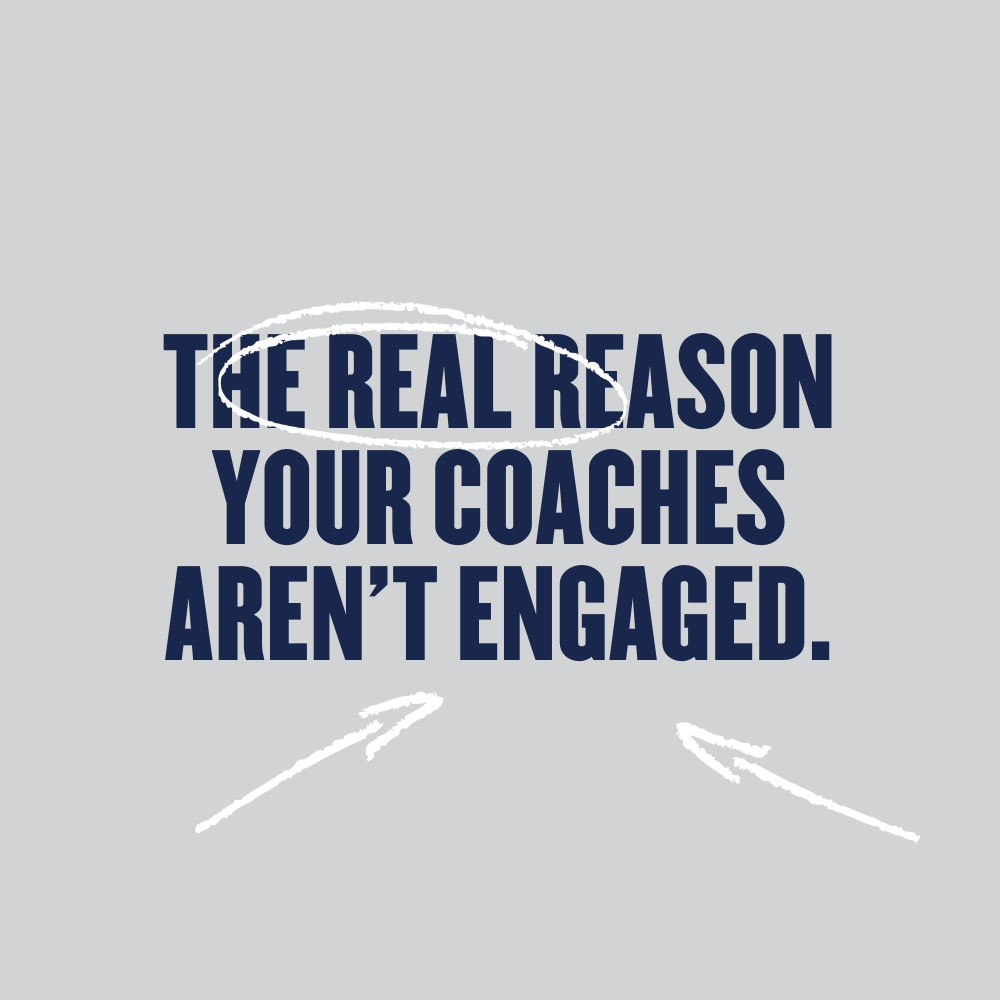
The Real Reason Your Coaches Aren't EngagedProject type
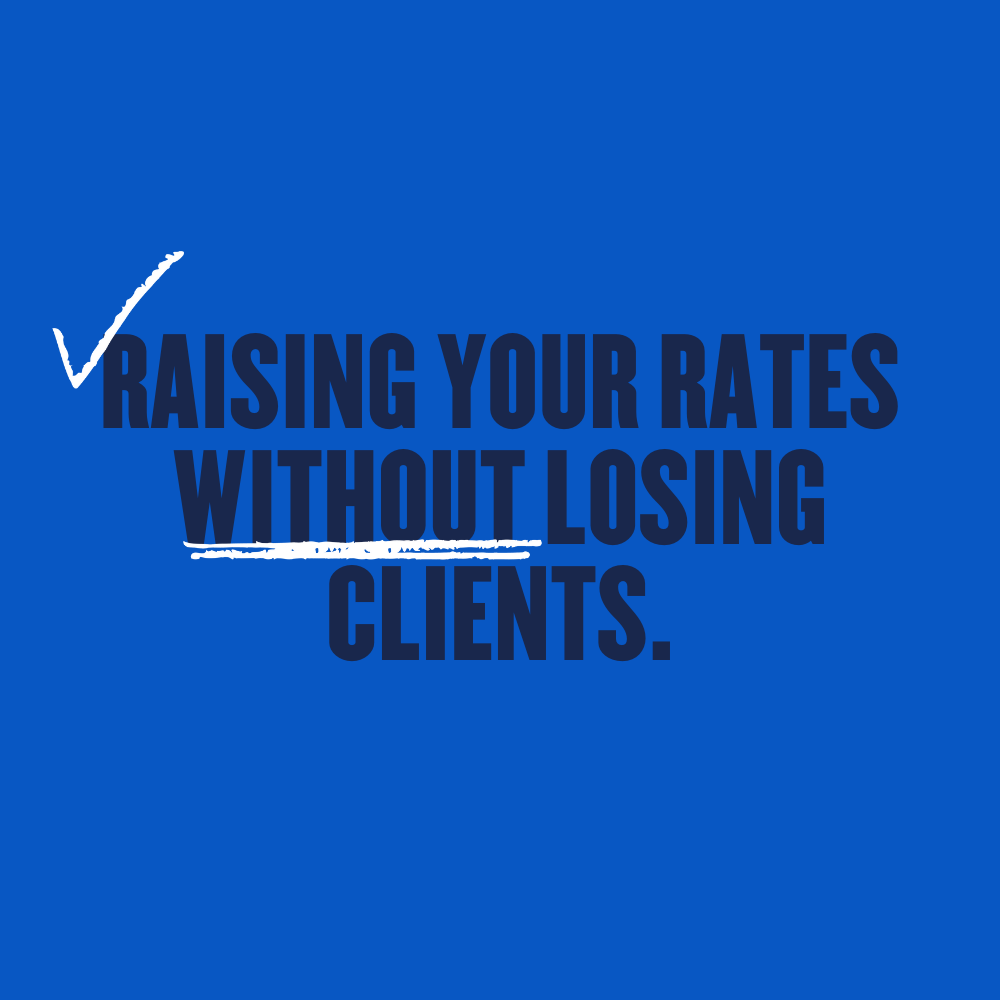
How To Raise Your Rates Without Losing ClientsProject type

7 Sales Tips For The Gym OwnerProject type

Five Sales Tips for the Gym Owner or CoachProject type

Optimizing Your Client Development ProcessProject type

Change The Way You Think About SalesProject type
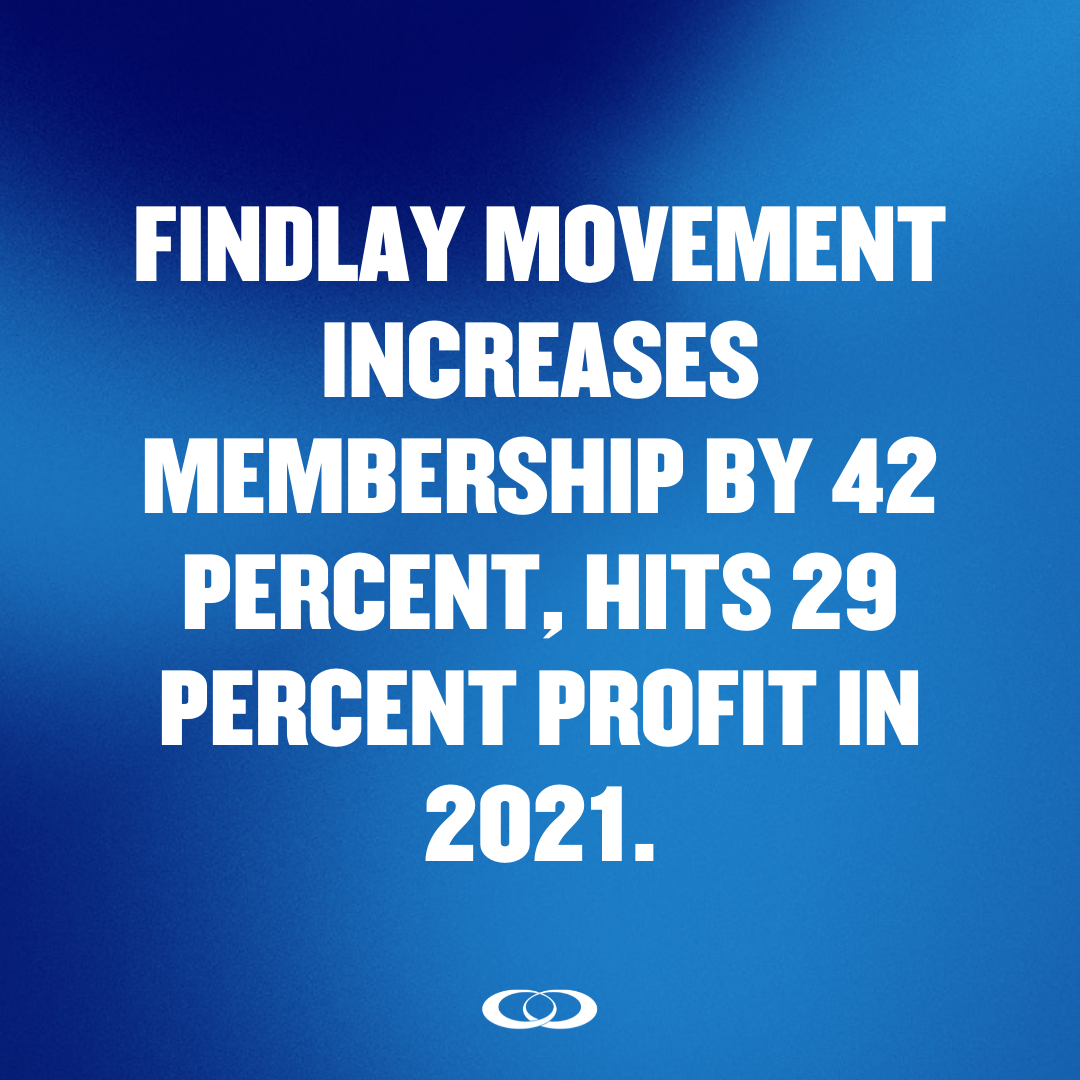
Case Study: Findlay MovementProject type
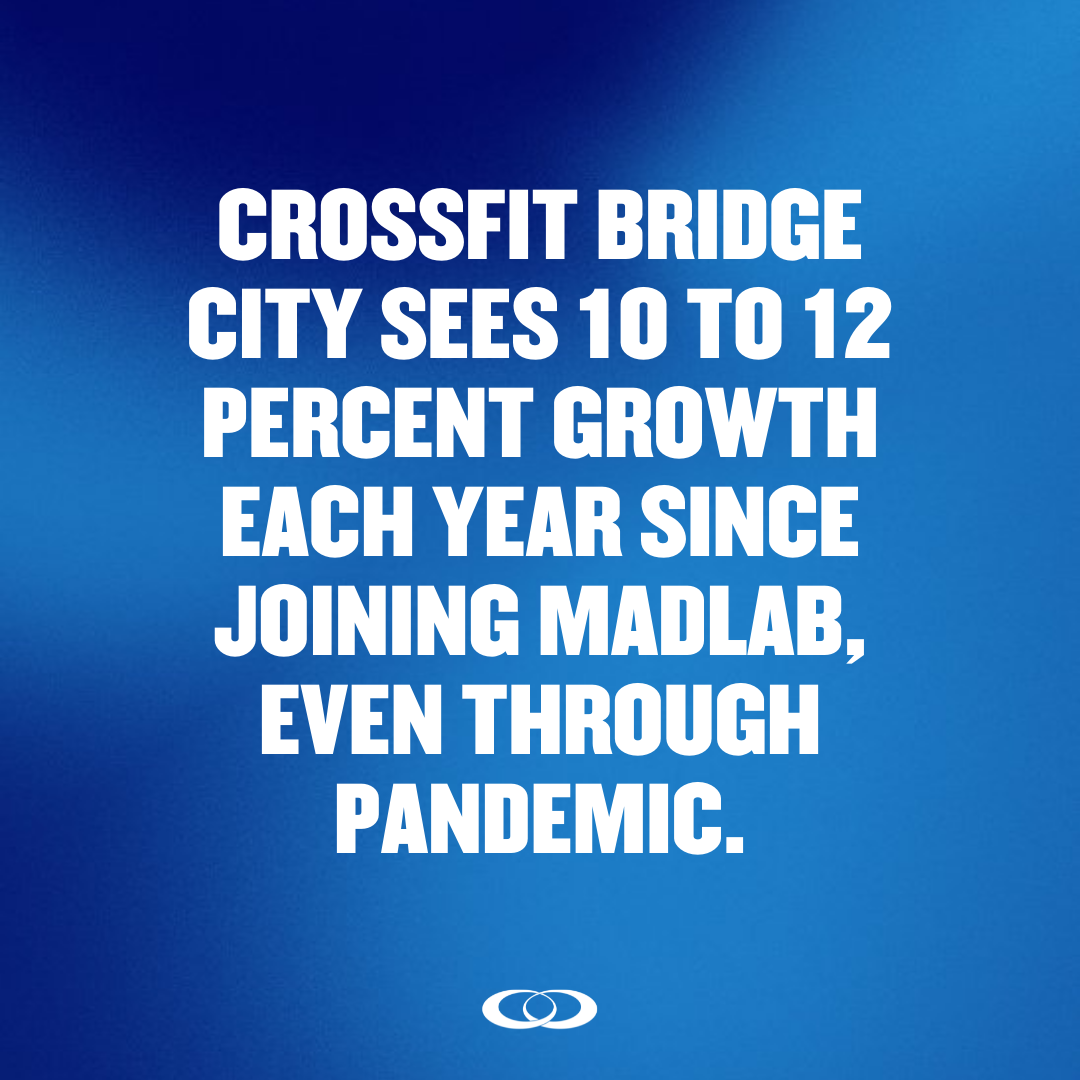
Case Study: CrossFit Bridge CityProject type
Contact Us
1980 Clark Drive
Vancouver, BC Canada
V5N 0A9
Copyright © 2023 Madlab Business. All Rights Reserved.

